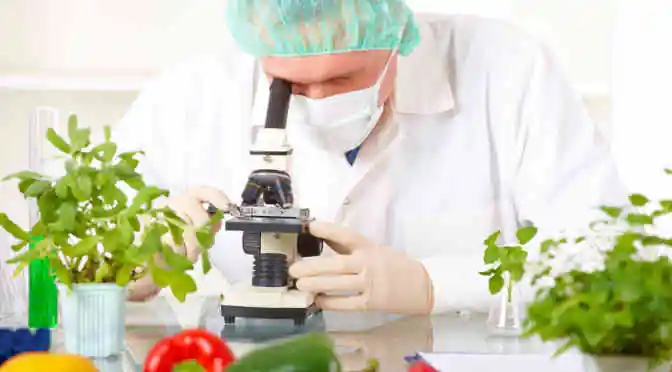Modern agriculture is a far cry from the pastoral scenes that come to mind when you mention ‘farming’.
Like any other large industry, agriculture is a profit-driven behemoth with many different players in all levels of the supply chain.
But the industry also has some unique challenges ahead; the world population is growing, arable land is depleting and, while there’s hope that we might one day be able to 3D print our next meal, the onus is still on farmers to feed the vast global population.
So how are farmers maximizing production and optimizing outputs in an industry with such specific requirements?
Big data of course.
More broadly, the concept of precision agriculture is taking off as a way to deal with rising costs and limited land for farming.
The idea is relatively simple: Traditional agriculture involves a predetermined schedule. Precision agriculture, on the other hand, collects real-time data on factors like weather, soil and air quality, weeds, yields, and even labor costs. Predictive analytics is then used to apply specific treatments where necessary and make better decisions regarding planting and harvesting.
“With precision agriculture, control centers collect and process data in real time to help farmers make the best decisions with regard to planting, fertilizing and harvesting crops. Sensors placed throughout the fields are used to measure temperature and humidity of the soil and surrounding air. In addition, pictures of fields are taken using satellite imagery and robotic drones.” – IBM Research: Precision agriculture, using predictive weather analytics to feed future generations
It’s also referred to as satellite farming or site specific crop management. But whatever you call it, precision farming is creating a paradigm shift in agriculture, as it enables producers to micromanage farming practices and improve production and profits while keeping resource use to a minimum.
According to a new report from Technavio, the global precision agriculture market is expected to reach a value of $6.69 billion by 2019, growing at a CAGR of 14.43%.
How precision agriculture is causing a shift in the agriculture industry
Move toward sustainable agriculture
Precision farming goes a long way towards reducing the environmental impact of farming. It reduces impact of agricultural pollutants like fertilizers and pesticides on biodiversity and water quality, and can help reduce the amount of greenhouse gases released in the atmosphere by reducing fuel use.
Since maintaining an environmental balance and sustainably producing agricultural products all while making farms efficient and productive have become priorities in modern farming, we expect to see precision agriculture adopted as a key tool in sustainable farming.
Increased mergers and acquisitions and investments
The development of precision farming requires a wide range of expertise ranging from agronomics to IT. Software, advanced sensors, data analytics and drones are all necessary to carry out precision farming, which is causing an upswing in mergers and acquisitions. Industry giants like Monsanto and Yara International are aiming to acquire smaller tech firms to bolster their arsenal of tools and gain an edge over competitors.
Mergers and acquisitions in precision agriculture market in US 2012-2015
Source: Technavio, 2015
Increased adoption variable rate controls
Variable rate application equipment allows farmers to tailor inputs to every area of a field based on soil type and historical yield, while minimizing costs and increasing profitability per area. For instance, in an area in a field where yields are lower and soil type is not optimal, the farmer can program the variable rate equipment to alter amount of fertilizer and seed to be applied to that section, which will lower the overall costs and improve productivity. These benefits are stimulating uptake of these technologies, driving market growth.
Growing prominence of telematics technologies
Telematics is a relatively new technology that is finding its way into the agricultural machinery market. Telematics essentially records equipment processes and transmits the data through a modem placed onboard farm machinery. It allows access to machine information and reveals the location, fuel usage, speed, and condition of the machinery.
Vendors are increasingly developing and incorporating telematics into their equipment, and increasing the reliability and availability of the networks. For instance, New Holland, a CNH Industrial brand, upgraded its PLM Connect telematics system in 2015 in a bid to connect farmers with their operations, thus enabling real-time, informed decision-making.




